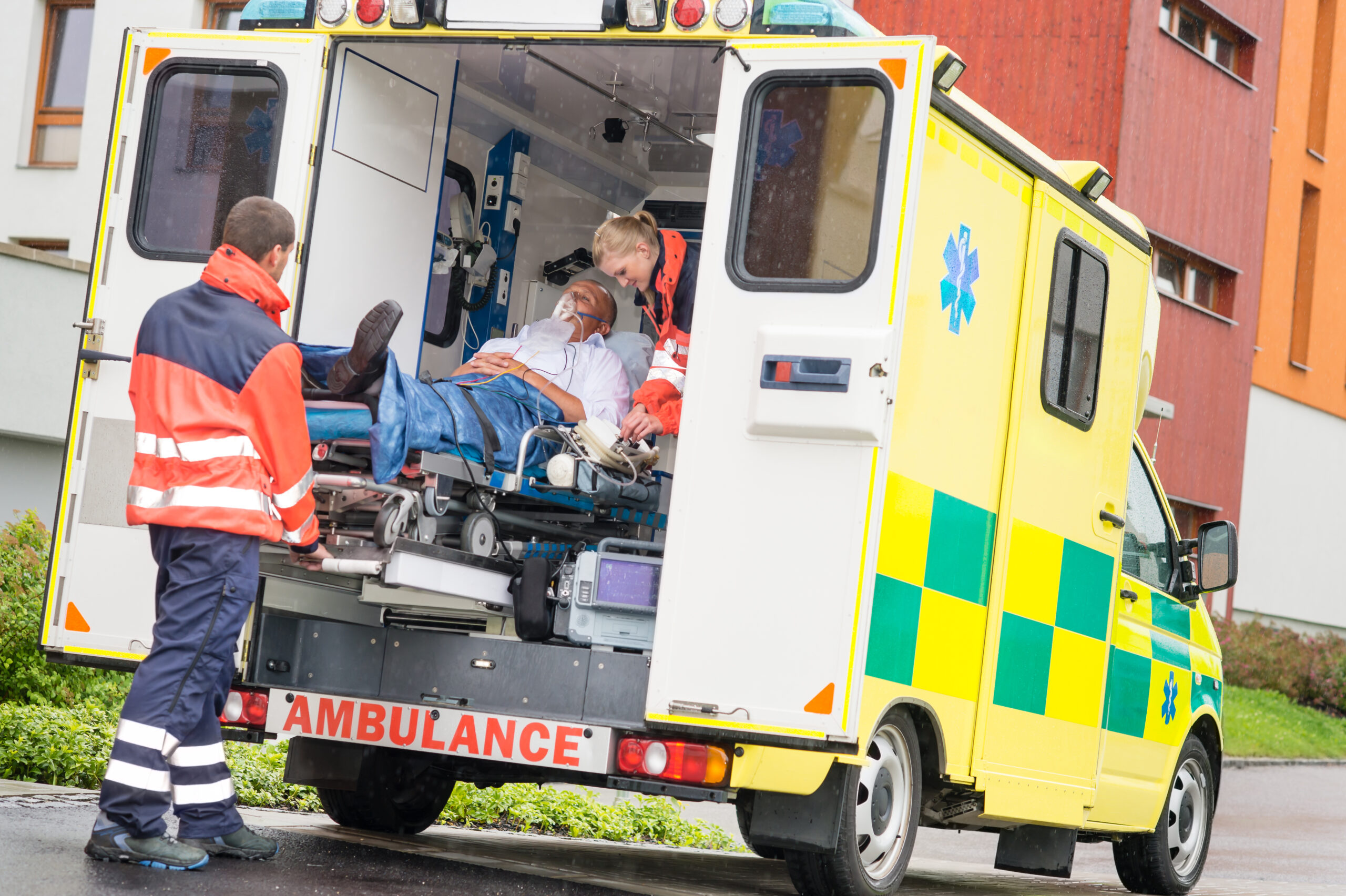Clinical rotations are an essential part of EMT training, providing students with hands-on experience in a real-world setting. Excelling on your clinical rotations can not only help you build confidence and competence, but also increase your chances of landing a job after graduation. In this blog post, we’ll provide you with ten tips for excelling on your EMT clinical rotations.
- Be Prepared: Before each shift, review your notes and study the protocols for the EMS system you’ll be working with. Make sure you know the location of your gear and equipment.
- Be Punctual: Arrive on time for your shifts and be ready to jump into action. Being punctual demonstrates your professionalism and commitment to your work.
- Dress Appropriately: Dress professionally and according to the dress code of the EMS system you’re working with. Wear comfortable shoes and avoid wearing jewelry or anything that could interfere with patient care.
- Communicate Effectively: Effective communication is critical in the EMS field. Practice clear and concise communication with your preceptor, patients, and other healthcare professionals.
- Follow Protocols: Follow the protocols and guidelines set by the EMS system you’re working with. If you’re unsure about a protocol, ask your preceptor for clarification.<,li>
- Be Observant: Pay attention to your surroundings and be aware of potential hazards or safety risks. Observe your preceptor and learn from their techniques and strategies.
- Take Initiative: Don’t be afraid to take initiative and demonstrate your skills and knowledge. Offer to perform procedures or interventions under the supervision of your preceptor.
- Build Relationships: Building relationships with your preceptors and colleagues can help you learn and grow in your field. Be respectful and open to feedback and constructive criticism.
- Reflect on Your Experiences: Take time to reflect on your experiences and learn from your mistakes. Use your experiences to identify areas where you need improvement and set goals for future rotations.
- Stay Positive: Maintaining a positive attitude can help you stay motivated and engaged during your rotations. Embrace challenges as opportunities to learn and grow.
By following these tips, you can excel on your EMT clinical rotations and build the skills and experience you need to become a successful emergency medical technician. Remember to stay focused, engaged, and open to feedback and learning opportunities. Good luck!










